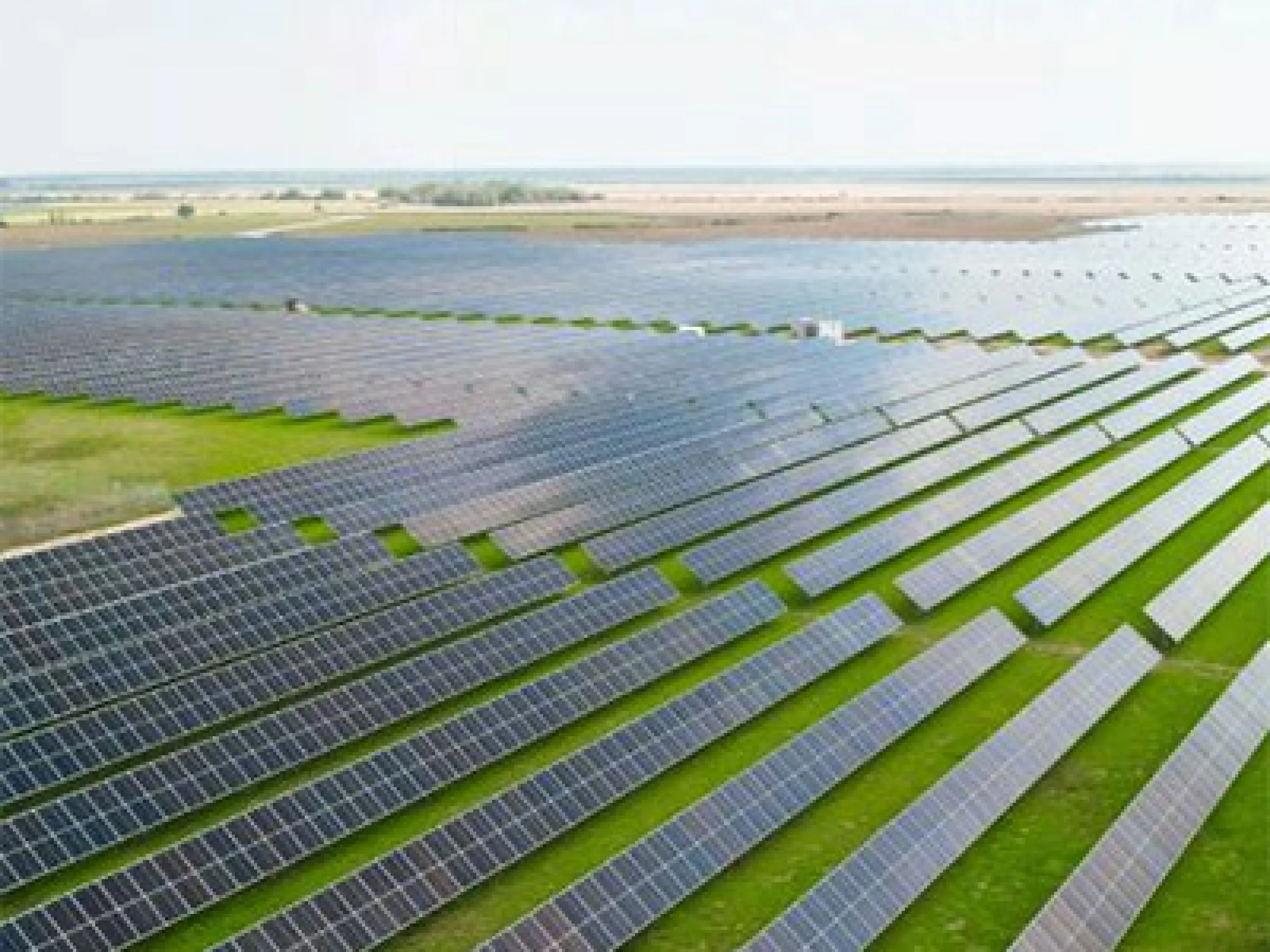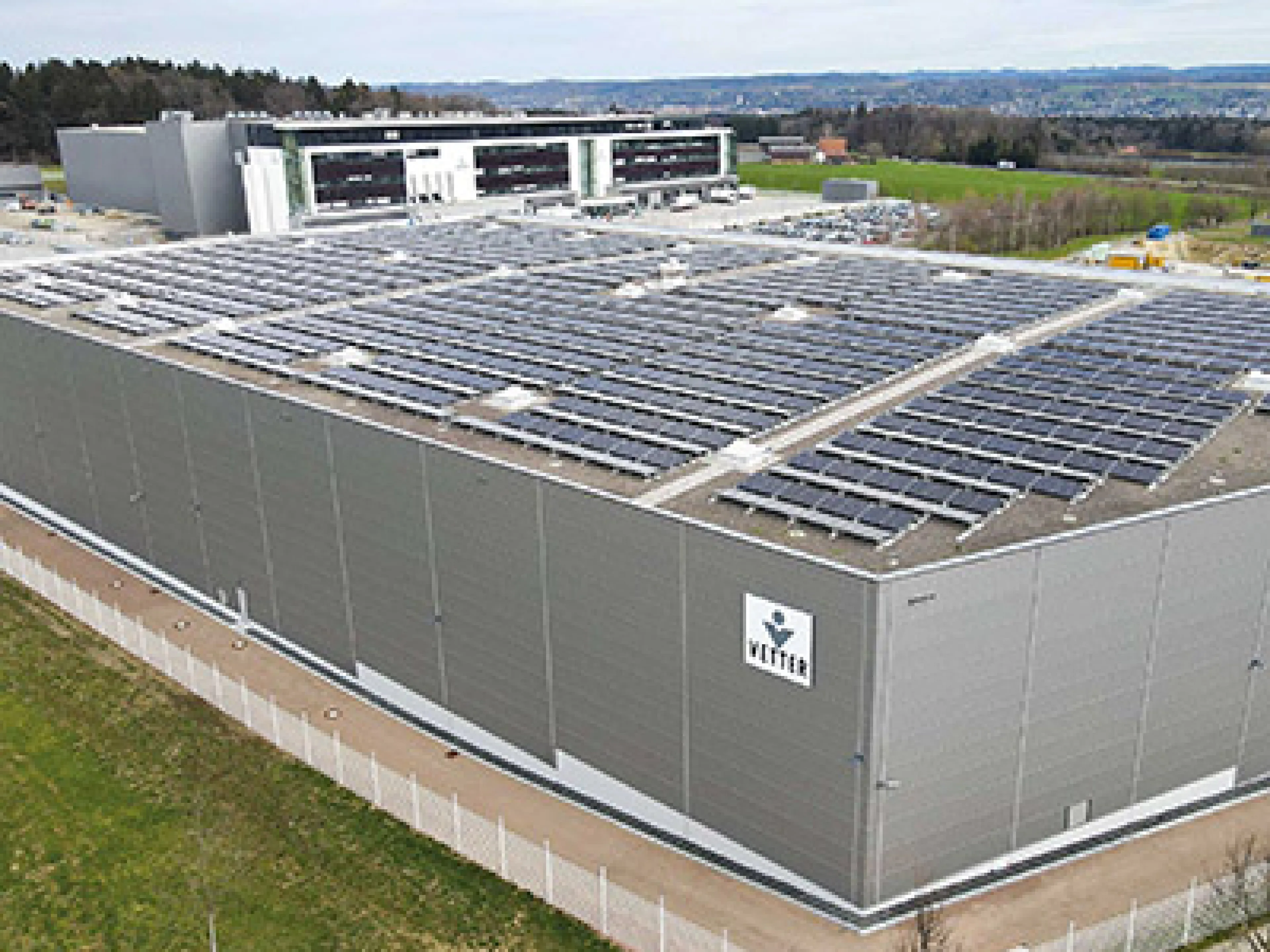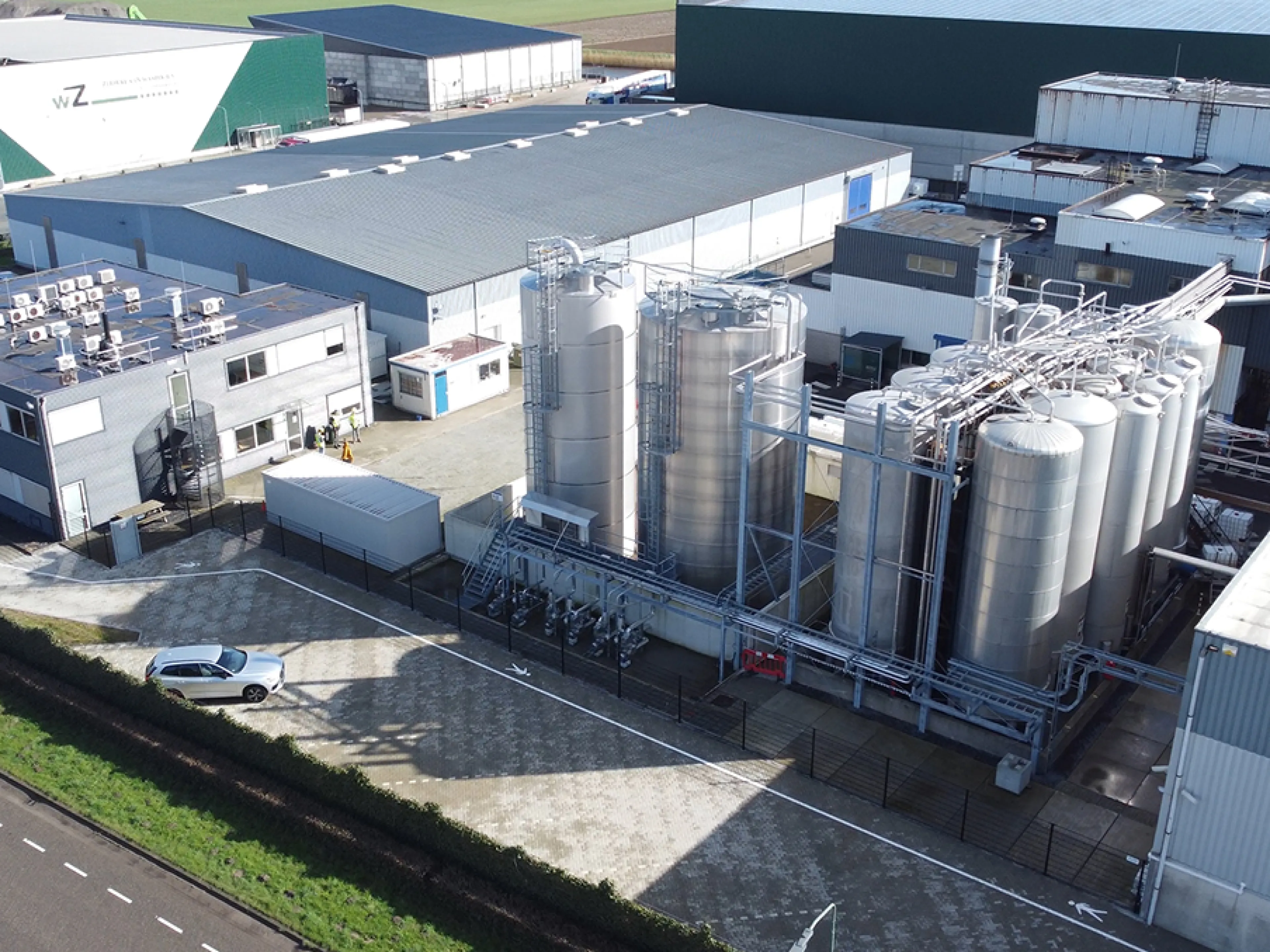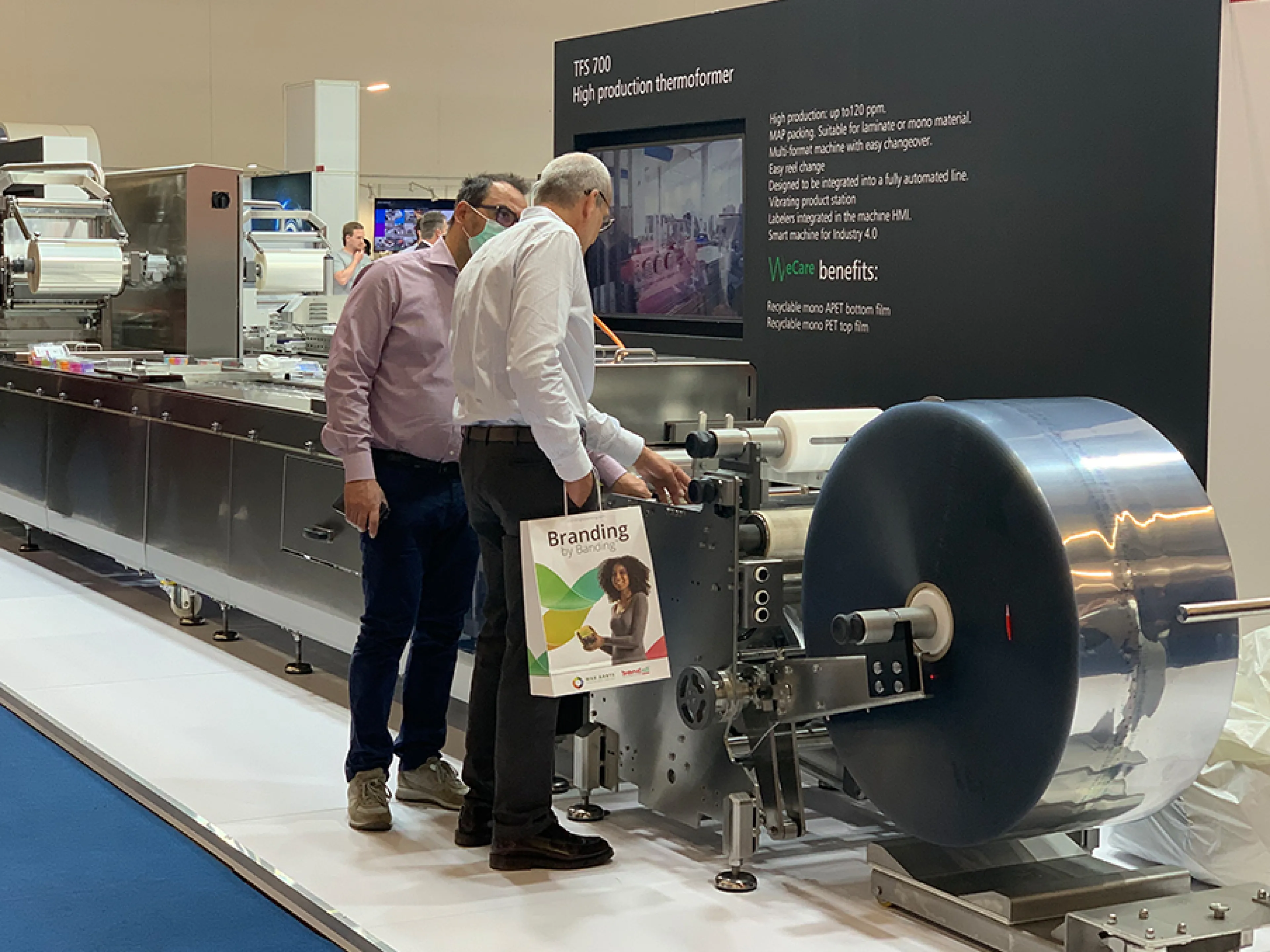
In 2023, Nestlé achieved a net reduction of 13.5 percent in its greenhouse gas (GHG) emissions compared to its 2018 baseline, while continuing to grow its business over the same period. This includes a reduction of more than 15.3 percent in methane emissions. The company has successfully decoupled its growth from its emissions and is on track to achieve a 20 percent absolute reduction in GHG emissions by 2025. Programmes and initiatives across all three scopes of activity (Scope 1, 2 and 3) are driving these significant reductions in GHG emissions. By 2023, 94 percent of the GHG emission reductions will come from our operations and supply chain.
Antonia Wanner, Group Head of ESG Strategy and Deployment at Nestlé says: "Our progress on emissions reductions is proof of our unwavering commitment to our net zero roadmap. We are working closely with our partners to help make food production more sustainable, while aiming at enhancing livelihoods across our value chain at the same time. A just transition is crucial to accelerate our efforts."
Over two-thirds of Nestlé's GHG emissions come from ingredient sourcing, with dairy the largest single source. To address emissions at the farm level, the food company is working with its suppliers and the farmers it sources from to help them transition to regenerative agricultural practices based on five key pillars of action: diverse cropping systems and livestock integration, biodiversity, collective and landscape action, soil health, and water security and quality. All activities are tailored to the region and are locally relevant. The company is committed to providing technical, collaborative or financial support to support a just transition for the farmers it works with. Work in coffee, through the Nescafé Plan 2030 and the Nespresso AAA Sustainable Quality programme, or in cocoa, through the Income Accelerator programme, helps to increase productivity and improve farmers' livelihoods. A quarter of the reductions achieved in 2023 came from dairy and livestock projects, such as our initiatives under the Ninho brand in Brazil. At the end of last year, 15.2 percent of Nestlé's raw materials were sourced from farmers using regenerative agricultural practices. The company's goal is to reach 20 percent by 2025.
Nestlé obtains over 90 percent of its energy for production from renewable sources
Nestlé is also making its own operations more energy efficient and increasing its use of renewable electricity. By the end of 2023, 91.9 percent of the electricity used in its global factories will come from renewable sources. Looking ahead, Nestlé is working to further reduce emissions through a combination of agroforestry, avoided deforestation and new agricultural practices, while driving innovation in both products and agri-tech through its own research and development and external partnerships.
No CO2 compensation to reach climate goals
Nestlé has agreed with the SBTi on short and long-term science-based emission reduction targets. The SBTi has validated Nestlé's science-based target of net-zero emissions by 2050. These targets include specific Forest, Land and Agriculture (FLAG) sector targets for 2030 and 2050. The company is implementing its roadmap through emissions reductions and value chain removals. It is not using offsets/voluntary market credits to meet its SBTi-validated targets.









